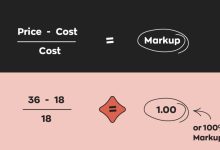I often get asked whether replica cross-border standalone stores rely more on Facebook Ads or TikTok Ads. My answer is straightforward: I recommend Facebook.

The main reason is simple—achieving the same conversion results on TikTok is much harder than on Facebook, and TikTok accounts also tend to burn out more quickly.
For regular e-commerce advertisers, it’s common to run creative testing before scaling campaigns. But in the replica cross-border niche, this step is much less critical. The landing pages and products themselves carry the “three highs”: high profit, high traffic, and high repurchase rates. As long as your creatives aren’t too plain, hitting a baseline CTR of around 5% is not difficult. Because of this, many advertisers skip the testing phase and move straight into scaling.
Over different policy periods, I have compared Facebook Ads and TikTok Ads multiple times, and the conclusion can be summarized into a few key points:
1) Audience Targeting Precision
Audience is one of the four core elements of advertising, and the differences between TikTok and Facebook here are significant.
-
TikTok Audiences: TikTok provides interest-based targeting, but these interests are derived mainly from short-term user interactions on the platform. This often reflects temporary behavior rather than long-term intent.

-
Facebook Audiences: Facebook targeting is based on a broader range of demographics, interests, and behaviors.

In addition, advertisers can use specialized tools to dig deeper into audiences. With its massive database and mature smart algorithm, Facebook provides far more precise targeting than TikTok.
Facebook has been developing for over 20 years, with a highly refined model and extremely rich data. TikTok’s targeting approach is essentially a copy of Facebook’s framework, but the data volume and algorithm capabilities lag far behind. As a result, once campaigns start running, the audience targeting accuracy between the two platforms is dramatically different.
2) Audience Quality Differences
It’s well known that TikTok is a youth-oriented platform. Most of its active users are Gen Z (born 1995–2010). This group generally has lower purchasing power, and more importantly, they show low tolerance toward ads. In simple terms, the younger generation tends to reject advertising more strongly.
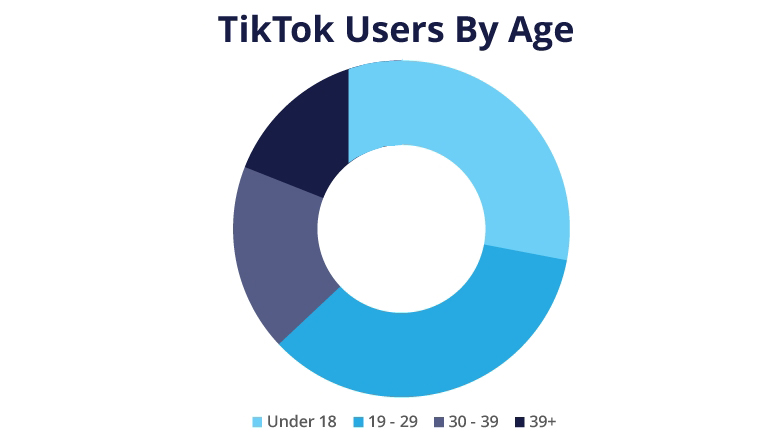
Facebook, on the other hand, is a much older platform with an audience that is significantly older than TikTok’s. Compared to Gen Z, this “aging generation” is often more moderate, less rebellious, and less resistant to ads. That’s one of the reasons why Facebook users are more willing to contribute higher CTR.
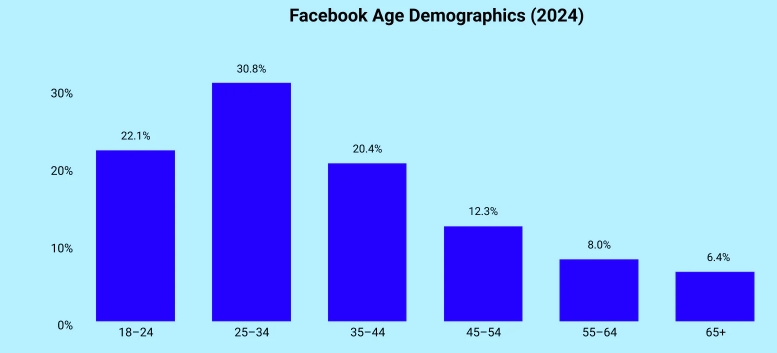
Even more crucial is the economic gap: older Facebook users tend to be wealthier and have stronger purchasing power. In the replica cross-border e-commerce niche, average order values are relatively high—often $200–$300 per order. Without sufficient disposable income, it’s unlikely for a customer to place such an order. This explains why Facebook users are more likely to convert, while TikTok users are not as reliable for high-ticket products.
3) Differences in Review Mechanisms
In the replica standalone store niche, landing pages usually feature infringing or non-compliant products. If you ask whether such ads are technically violating rules—the answer is yes. The key point, however, is that the world is not purely black or white. There is a middle ground: even if an ad technically violates policies, it can still be delivered using certain ad approval techniques. For example, we can leverage embedded approval methods or, with more advanced tactics, use cloaking to temporarily display the ad.
Such ads are common on Facebook. Replica watch ads, for instance, are everywhere.

On TikTok, however, they are much rarer. After searching intensively and reviewing 30 days of historical data, it’s almost impossible to find genuine Putian/Guangzhou replica landing page ads on TikTok.
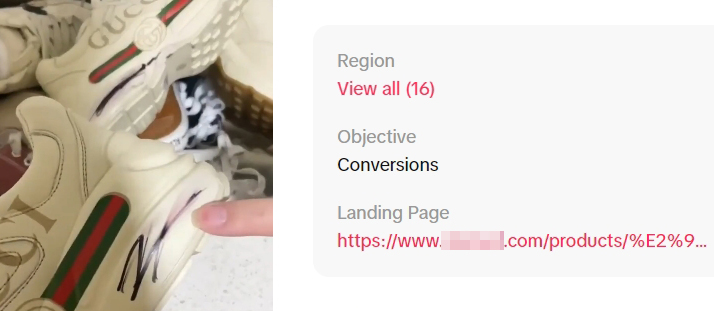
This shows that the survival difficulty for replica ads on TikTok is much higher than on Facebook.
In summary: replica product landing pages are easy to run and stable on Facebook, but on TikTok, they are difficult to survive, making consistent ad delivery nearly impossible. The main reason is that TikTok relies more on manual review, which is stricter for replica products and makes achieving positive ROI extremely challenging.
Considering all these factors, for replica cross-border e-commerce standalone store advertising, I strongly recommend Meta (Facebook). TikTok ads, even if cheaper, are hard to sustain and difficult to convert, so their value is limited.
 Custom E-commerce Solutions for High-Quality Designer-Inspired Fashion Replicas | Website Development, Dropshipping, Payment Integration for PayPal and Stripe, Ad Cloaking Services
Custom E-commerce Solutions for High-Quality Designer-Inspired Fashion Replicas | Website Development, Dropshipping, Payment Integration for PayPal and Stripe, Ad Cloaking Services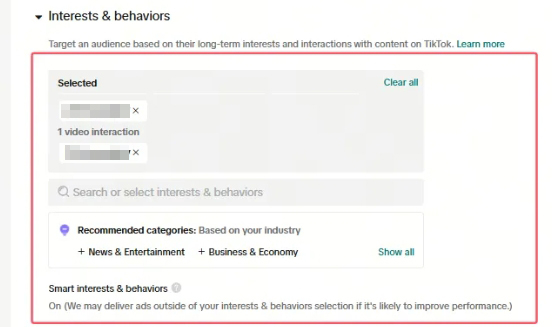
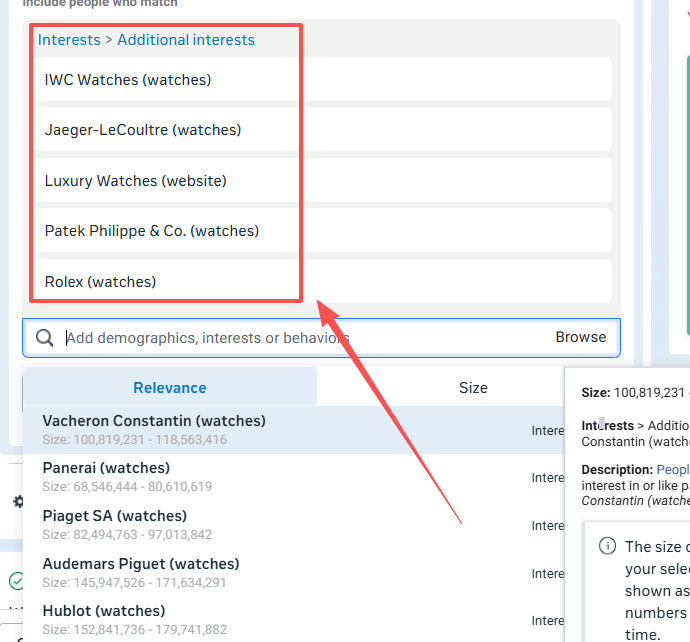
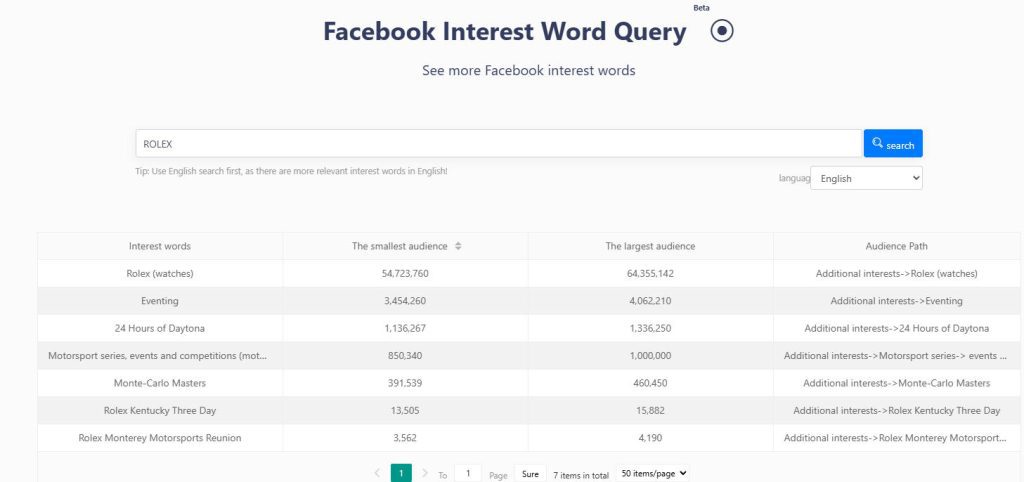






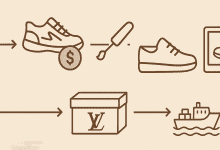



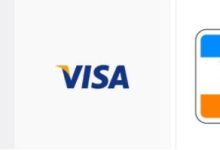












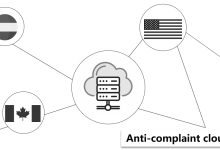




![5 Best WordPress Themes for Replica Product International Trade Websites [Recommended]-Custom E-commerce Solutions for High-Quality Designer-Inspired Fashion Replicas | Website Development, Dropshipping, Payment Integration for PayPal and Stripe, Ad Cloaking Services](https://replicasmaster.com/wp-content/uploads/2025/06/1-1-220x150.jpg)
